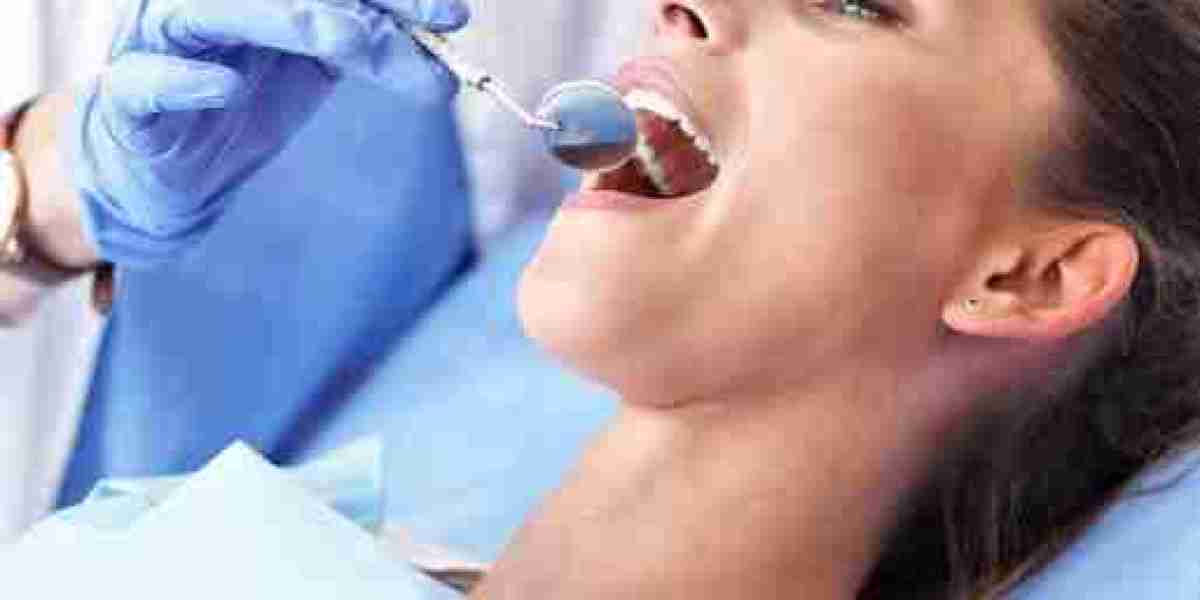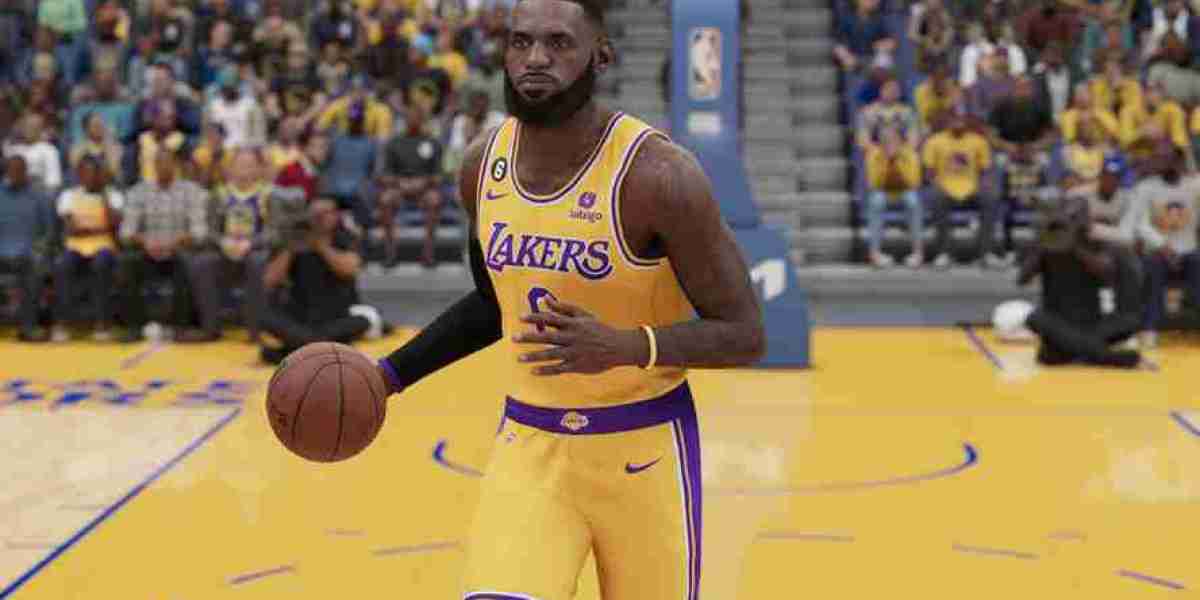Many patients wonder, “Can I drive after a molar root canal?” especially if they’re nervous about the procedure or unsure of its aftereffects. The short answer is: yes, in most cases, you can drive yourself home after a molar Posterior Root Canal in Dubai. However, certain factors like anesthesia type, individual pain tolerance, and overall health may influence your ability to do so safely. Understanding what to expect during and after treatment is key to making the right decision for your situation.
When It’s Safe to Drive Yourself Home?
Driving after a molar root canal is generally safe for most people because the procedure is typically performed under local anesthesia, which doesn’t affect your cognitive or motor functions. Once the numbness starts to wear off, you may feel some discomfort, but it shouldn’t prevent you from driving.
You can usually drive if:
Only local anesthesia (numbing injections) was used
No sedation or anti-anxiety medications were given
You feel alert and steady when standing and walking
Your pain is mild and manageable
Make sure to give yourself a few minutes after the appointment to assess how you feel before getting behind the wheel.
Situations When You Should Not Drive:
While many patients can safely drive after a root canal on a molar, there are clear situations where driving is not advisable. If you've received any form of sedation beyond local anesthesia, you must arrange for a ride.
Avoid driving if:
Oral or IV sedation was administered during your procedure
You were prescribed strong painkillers (e.g., opioids) that may impair reaction time
You feel dizzy, disoriented, or overly tired
You experience blurred vision or nausea
If there’s any uncertainty, err on the side of caution and have a trusted friend or family member drive you home.
What to Expect After the Procedure?
Understanding what happens after a molar root canal can help you plan the rest of your day, including whether driving is a good idea. Molar root canals are more complex due to the tooth’s size and root structure, but they’re generally straightforward when handled by an experienced provider.
Post-procedure sensations might include:
Numbness in the jaw, lips, and tongue lasting 1–3 hours
Mild soreness or pressure sensitivity in the treated tooth
Swelling in the jaw or gums in some cases
Difficulty chewing on that side of the mouth
These effects are usually manageable, and most patients resume light activities the same day—driving included.
Pain Management Without Affecting Driving:
If you're concerned about pain after your molar root canal but still need to drive, speak with your dentist about non-drowsy options for managing discomfort. Many pain relief methods allow you to remain fully alert and functional.
Driving-friendly pain relief includes:
Over-the-counter medications like ibuprofen or acetaminophen
Cold compresses applied to the outside of the cheek
Avoiding hard or sticky foods for the first day
Rinsing with warm salt water to ease gum soreness
Avoid medications labeled with drowsiness warnings if you plan to drive after your appointment.
Planning Ahead for a Smooth Recovery:
To make your recovery as stress-free as possible, plan your day around the molar Posterior Root Canal in advance. This way, if driving turns out to be uncomfortable or unwise, you’ll already have a backup plan in place.
Before your appointment:
Ask your dentist what type of anesthesia will be used
Arrange a driver if you expect sedation
Clear your schedule so you don’t need to rush anywhere
Have soft foods and pain relievers ready at home
Even if you feel fine after the procedure, it's smart to allow yourself time to rest and recover rather than diving right back into a busy day.
Final Thoughts on Driving After a Molar Root Canal:
So, can you drive after a molar root canal? For most patients receiving only local anesthesia, the answer is yes. However, if sedation is involved or you're feeling off in any way, it’s better to stay off the road. Your safety—and that of others—is more important than convenience.
To summarize, keep these points in mind:
Local anesthesia? Driving is usually safe
Sedation or strong meds? Arrange a ride
Always assess how you feel before getting behind the wheel
Have a backup plan just in case your condition changes
When in doubt, talk to your dental provider before the procedure. They’ll give you the best advice based on your unique treatment plan and health history.




